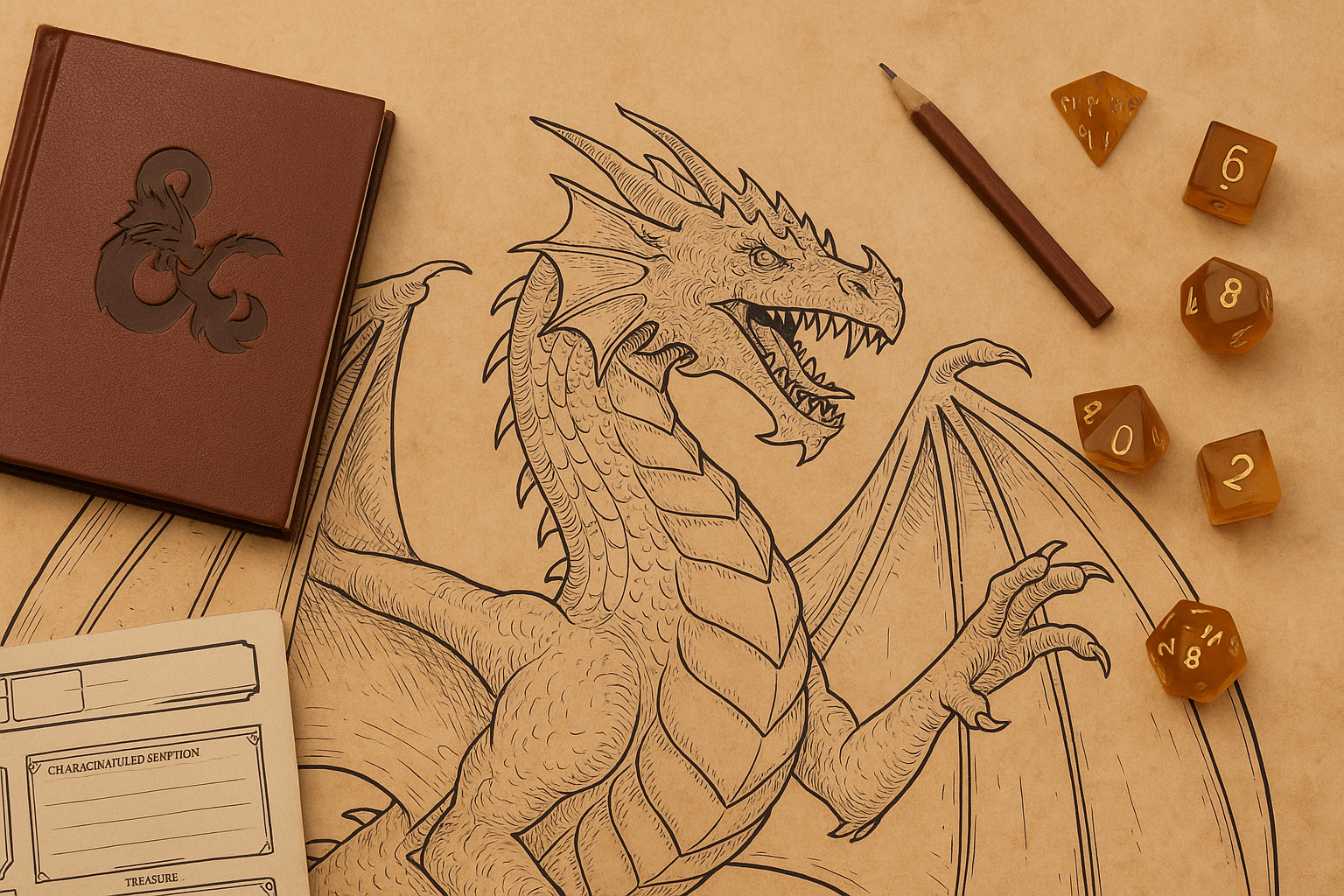
Dungeons and Dragons Dice Set: A Starter’s Buying Guide
If you’re jumping into Dungeons & Dragons for the first time—or helping a friend get started—one of the first things you’ll need is a D&D dice set. This iconic 7-piece set of polyhedral dice is essential for every player, whether you’re casting spells, slaying monsters, or trying something completely chaotic.
But with so many styles, materials, and price points, it can be hard to know where to begin. That’s where this guide comes in. We’ll walk you through what’s in a set, what to look for, and how to pick a dice set that fits your playstyle, personality, or gift-giving goals.
What Exactly Is a D&D Dice Set?
A Dungeons & Dragons dice set refers to the collection of seven polyhedral dice used in the game. As a quick recap, those are:
- 1 four-sided die (d4)
- 1 six-sided die (d6)
- 1 eight-sided die (d8)
- 2 ten-sided dice (d10 and a “tens” d10 for percentiles)
- 1 twelve-sided die (d12)
- 1 twenty-sided die (d20)
 These cover every type of roll in the game. You’ll often hear “roll a d20 to attack” or “roll 3d6 for damage.” Having all seven dice on hand is essential.
These cover every type of roll in the game. You’ll often hear “roll a d20 to attack” or “roll 3d6 for damage.” Having all seven dice on hand is essential.
Some sets include extras like an additional d20 for advantage rolls, or a second d6 for spells. But a full standard set will always include seven.
Why You Should Have Your Own Dice Set
Technically, players can share dice, but having your own is a lot more practical and fun.
Here's why:
Faster Gameplay: Sharing slows things down. With your own set, you can roll when needed without waiting for someone else to finish.
Personal Connection: Rolling your own dice feels different. You start to trust them (or blame them). It’s part of the ritual, part of the fun.
Easier Tracking: No more “Whose d8 was this?” moments. With your own set, there’s less confusion and fewer lost pieces.
Group Checks and Spells: You’ll often need to roll multiple dice at once. When everyone brings their own, there’s a pool to borrow from for big rolls.
It’s Part of the Culture: Picking your first dice set is a rite of passage. It’s affordable, personal, and it gets you ready to play.
And if you’re the Dungeon Master? Definitely bring more than one set. You’ll be rolling for monsters, NPCs, and backups for forgetful players.
What Makes a Great Dice Set?
Not all dice are created equal. Here are a few things to look for when shopping:
Material
- Acrylic or Resin: Most common and affordable. Durable, colorful, and perfect for beginners.
- Metal Dice: Heavy and satisfying to roll. Great feel but more expensive, and they can damage wooden tables.
- Gemstone or Glass Dice: Beautiful, collectible, and fragile. Best for display or special occasions.
If you’re just starting out, a resin or acrylic set is ideal.
Readability
This is key. Choose dice with:
- High contrast (like white numbers on black dice)
- Clear fonts (avoid hard-to-read decorative scripts)
- Large, clean numerals
You’ll want to read your rolls quickly and easily—especially in the middle of combat.
Balance and Fairness
Casual players don’t need lab-tested perfection, but cheap dice can have bubbles or uneven sides. To avoid this:
- Stick with reputable brands
- Avoid “bargain bin” dice with unclear paint jobs
- Consider handmade or sharp-edged dice for precision and style (Runic Dice offers handcrafted resin sets made for players who care about both form and function)
Durability
Most dice last for years. Just:
- Avoid high heat and rough surfaces
- Store them in a case or pouch
- Keep them away from pets and toddlers (or at least from their mouths)
Aesthetics
This is the fun part. Dice come in:
- Glitter, marbled, swirled, or layered colors
- Glow-in-the-dark or UV-reactive styles
- Thematic sets (elven script, dragon designs, celestial symbols)
Pick what sparks joy or fits your character’s theme. It’s your game piece, let it reflect your personality.
Price Range- Basic acrylic sets: $7 to $15
- Metal sets: $20 to $40
- Premium or handmade resin sets: $30 and up
- Gemstone/glass: $50 to $100+
You don’t have to splurge, but investing in a quality set you enjoy is absolutely worth it.
Buying Your First Dice Set: Step-by-Step Tips
Here’s how to keep it simple:
1. Decide Where to Shop
- Local game stores let you see the dice in person.
- Online shops like Runic Dice offer unique sets, bundles, and customer reviews.
- Big-box retailers often carry basic mass-produced sets.
2. Pick a Style
Think color, theme, or mood. Some players choose dice that match their character’s vibe, like fiery reds for a sorcerer or ocean blues for a water druid.
3. Check the Numbers
Make sure the dice are easy to read. Zoom in on product photos or roll in-store if you can.
4. Get a Dice Bag or Case
Keep your dice together. Soft pouches are affordable and portable. Runic Dice sets often include a free pouch.
5. Don’t Overthink It
Just pick a set you like. You’ll probably end up owning more later anyway.
Leveling Up: Building a Dice Arsenal
Once you’ve played a few sessions, you might want:
- A second matching set: Doubles your rolling power.
- Different color sets: Great for tracking different damage types.
- Metal or premium dice: Treat yourself or mark a campaign milestone.
- Bulk dice bags: Perfect for DMs who need extras.
- Theme sets: Holiday specials, character-specific styles, or dice with campaign logos.
Gifting a Dice Set: Tips for New Player Gifts
Helping someone start D&D? Here are some thoughtful ways to gift dice:
- Starter Kit Bundle: A nice dice set, a bag, and a simple cheat sheet.
- Character-Matching Set: Pick a color theme that fits their character’s backstory.
- Personal Note: Include a message like “May your rolls be ever in your favor.”
- Quality Over Quantity: One well-made set beats five cheap ones.
Final Thoughts: Roll with It
Your first D&D dice set isn’t just a game tool, it’s a small symbol that you’re part of something big. From your very first roll to the day you realize you own more dice than socks, your dice tell the story of your adventures.
So go ahead: pick a set that makes you smile, drop that d20 on the table, and see where the story goes.
If you're looking for beautifully crafted dice made with care, swing by Runic Dice to explore our resin, metal, and themed sets—designed by players, for players.
Happy rolling!
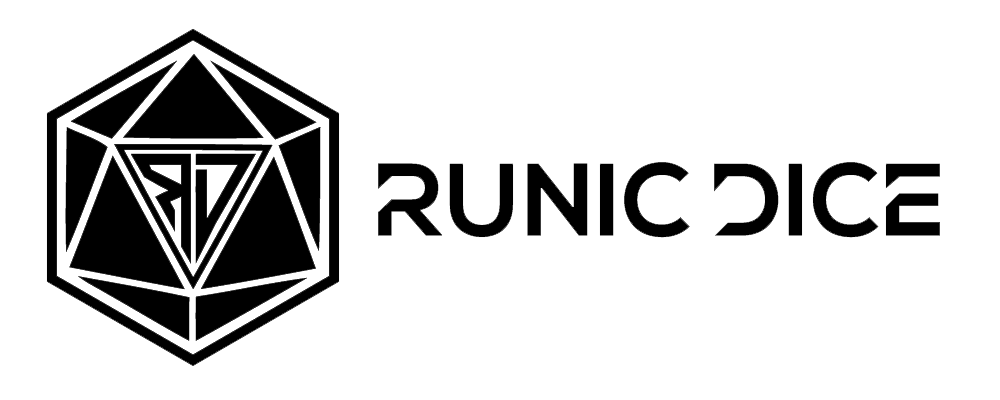


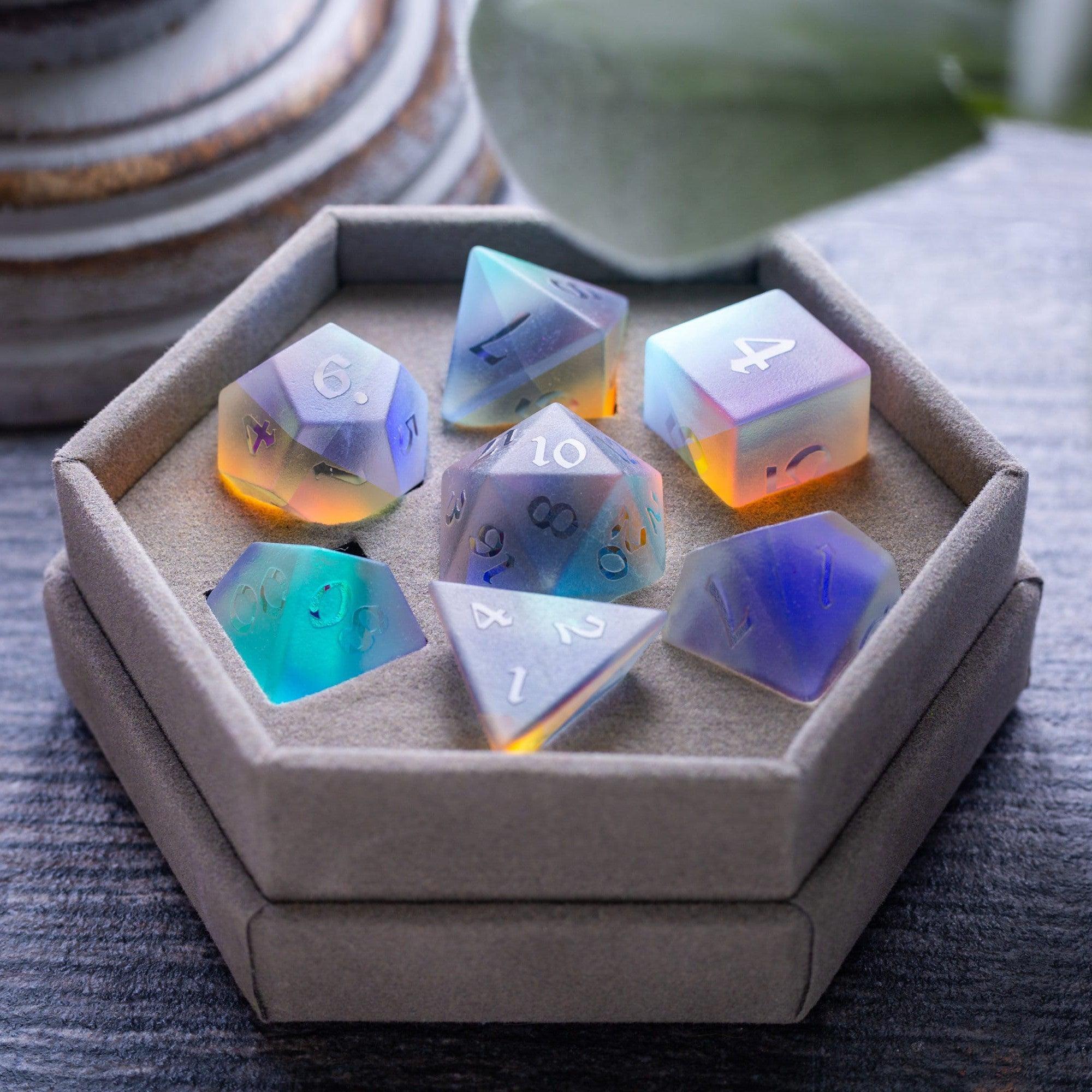
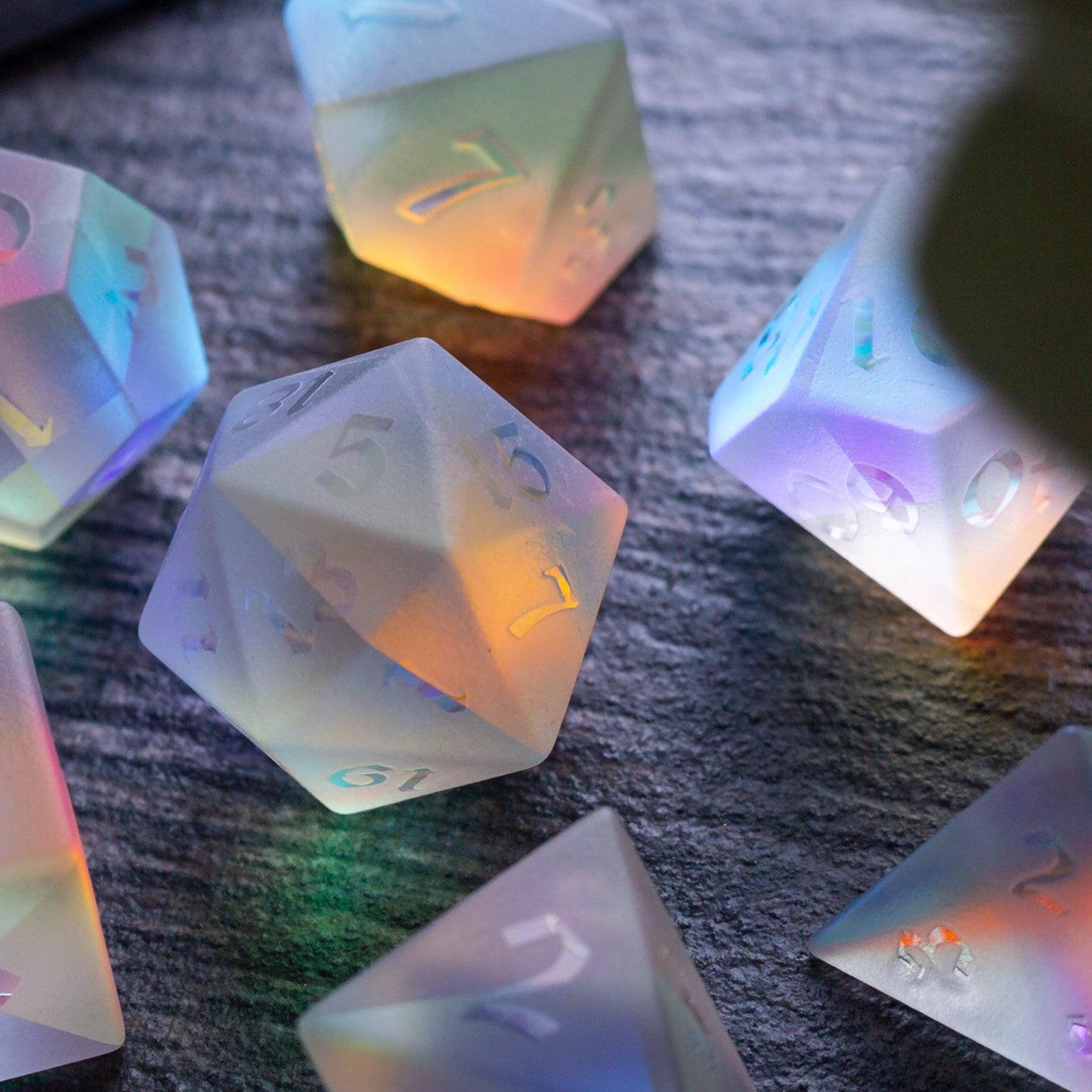
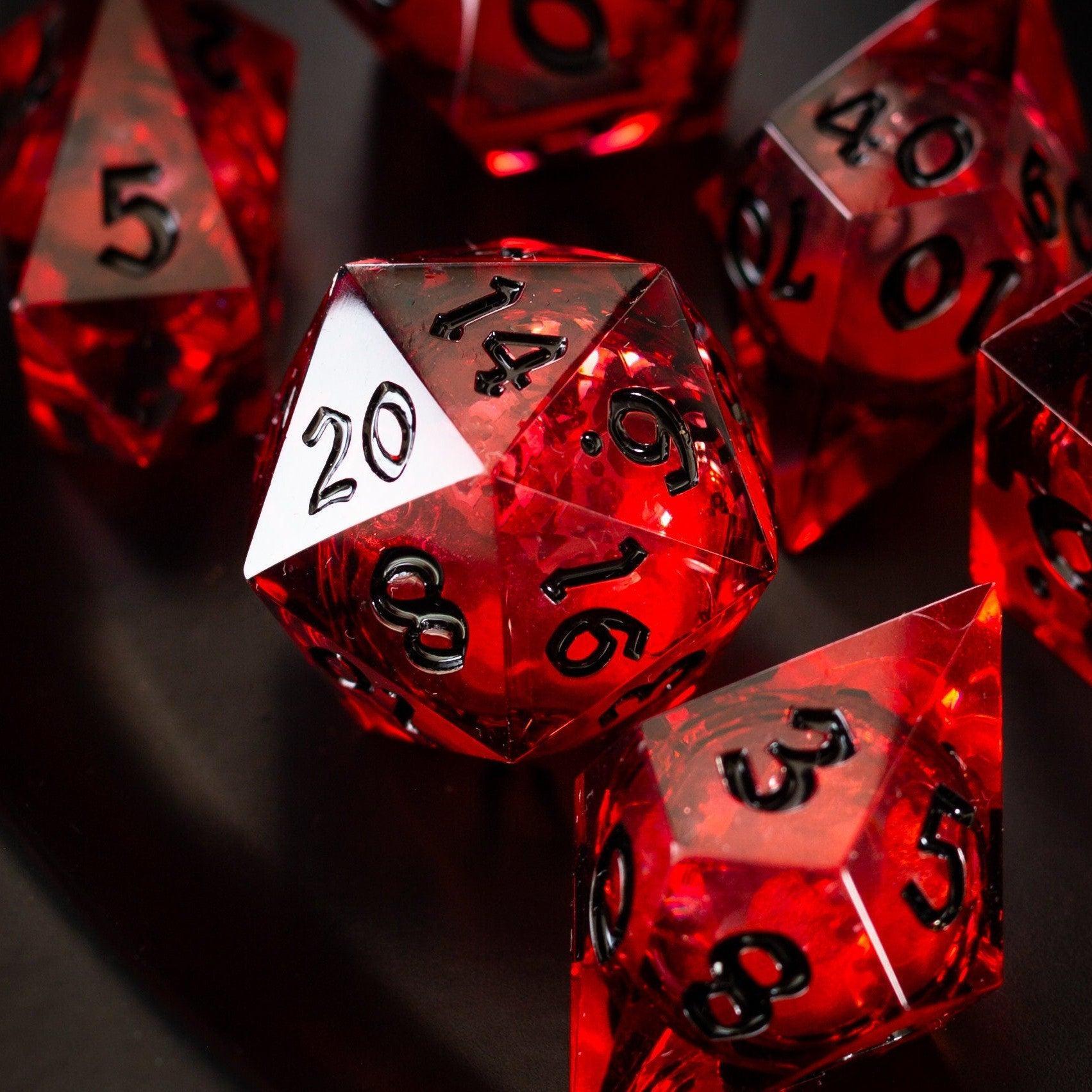
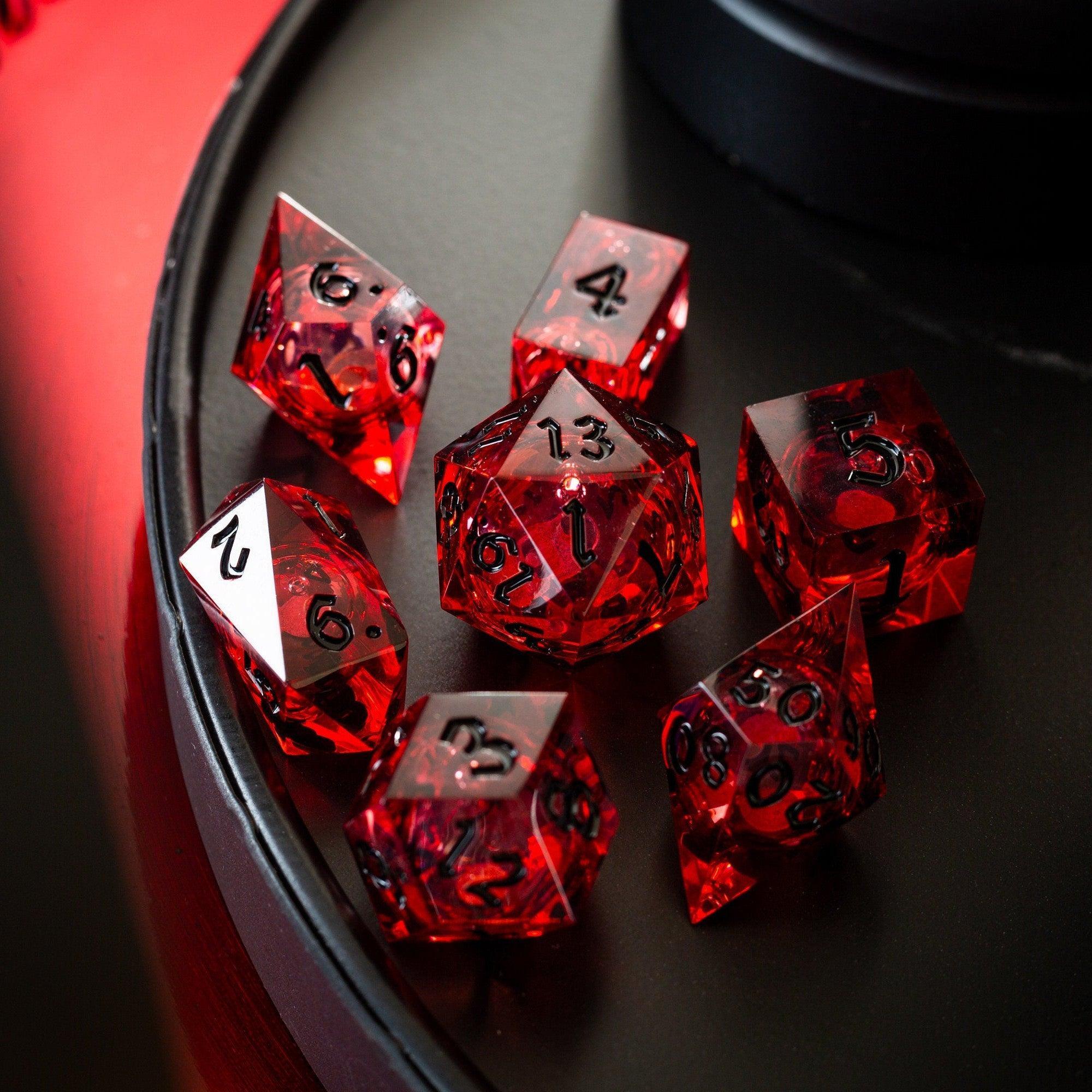
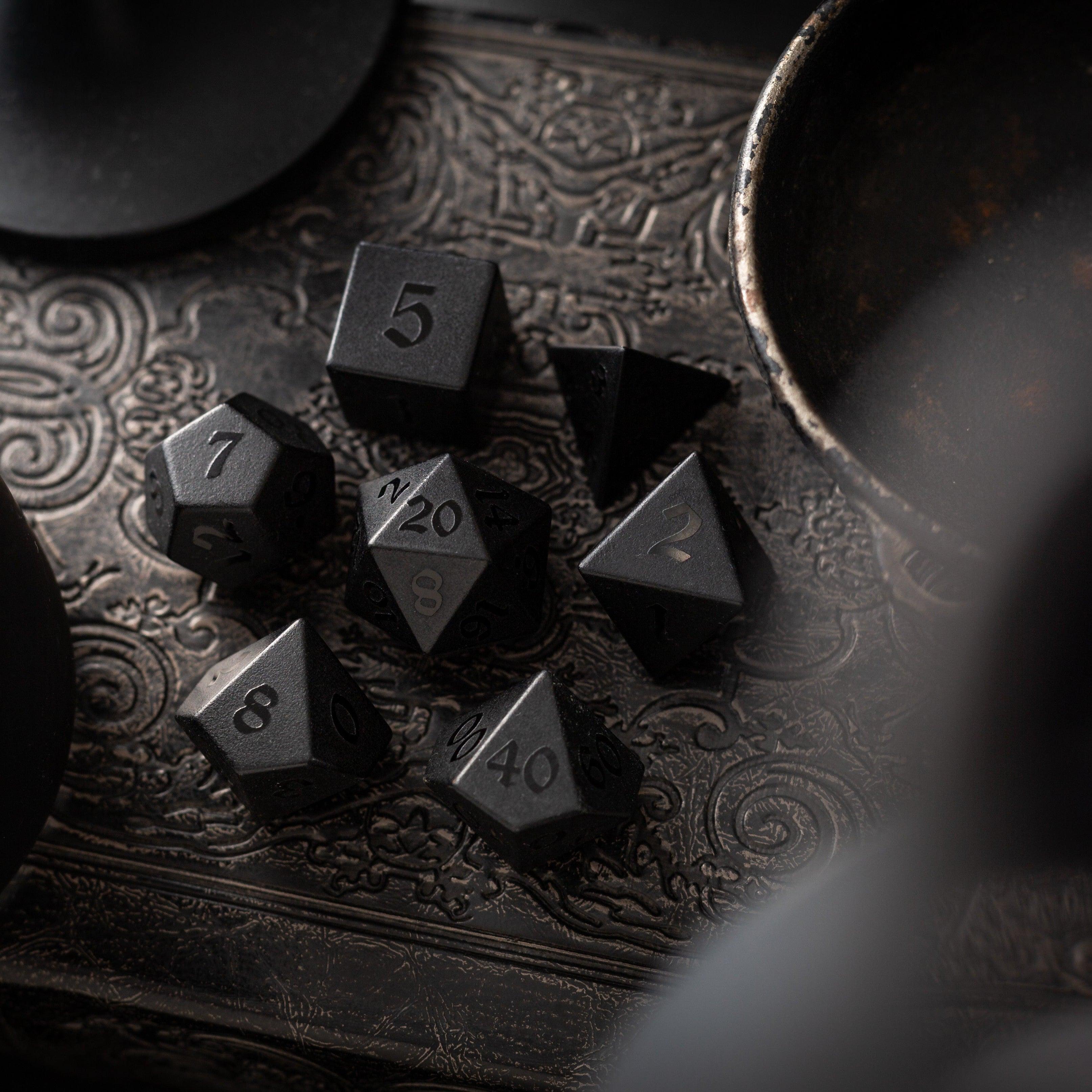
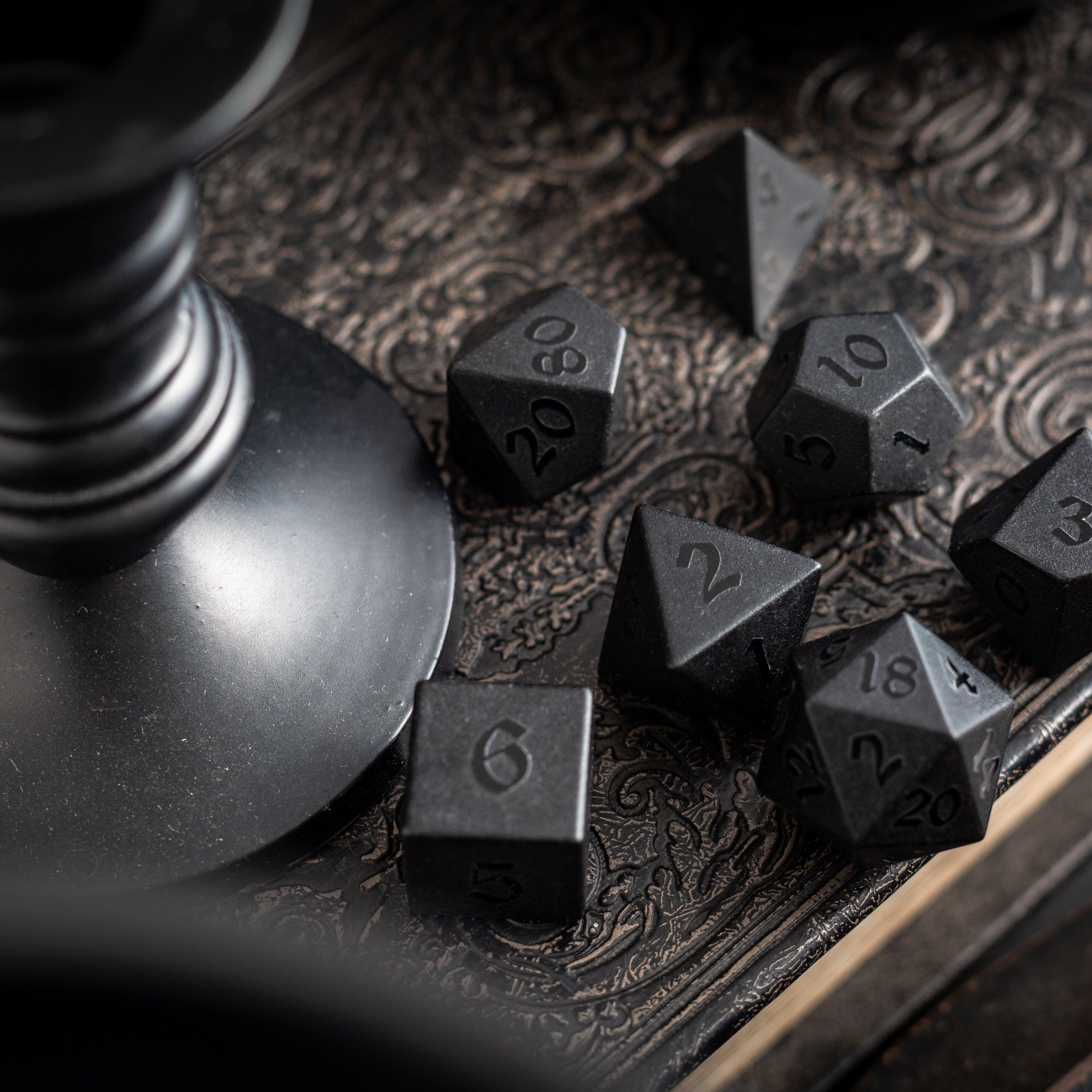
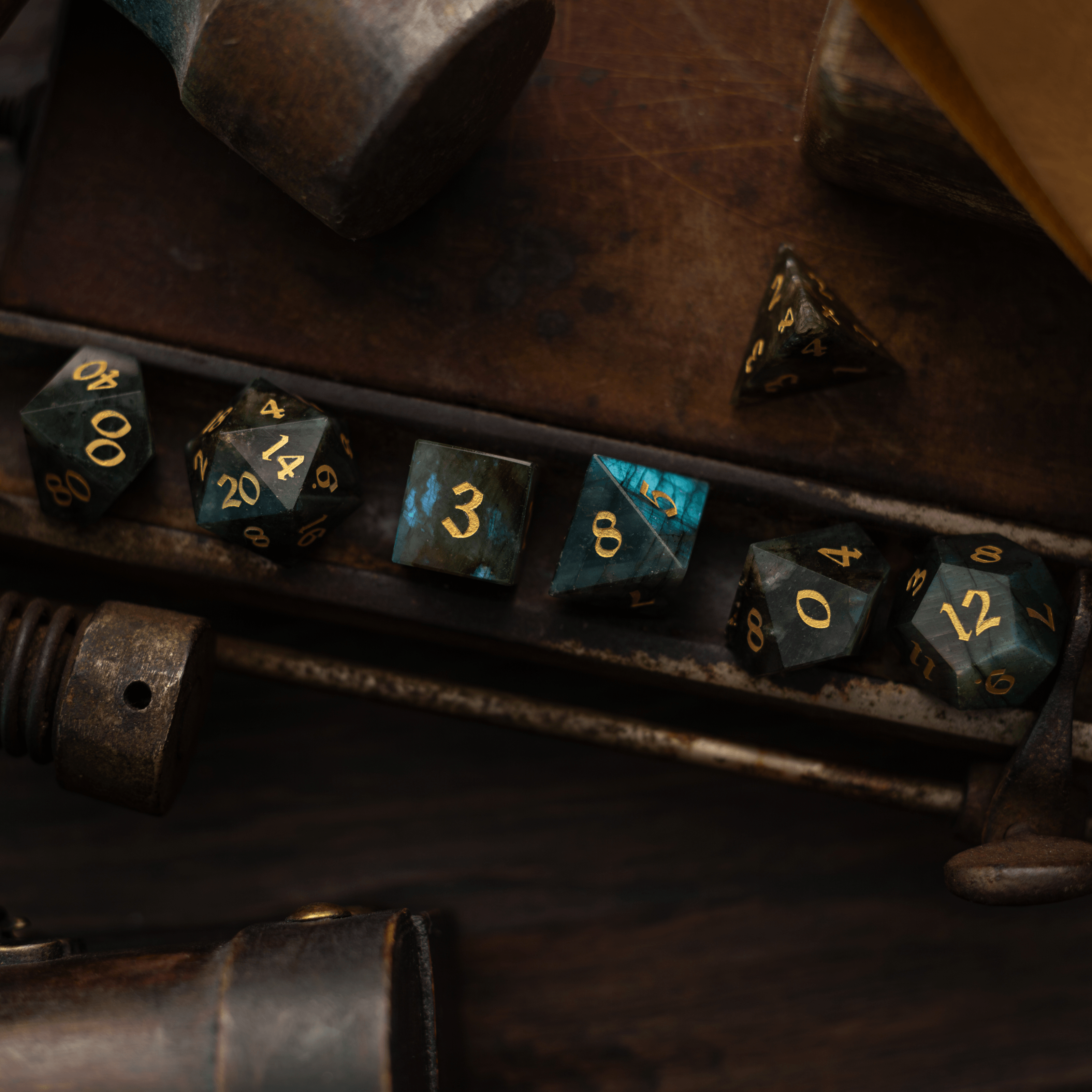
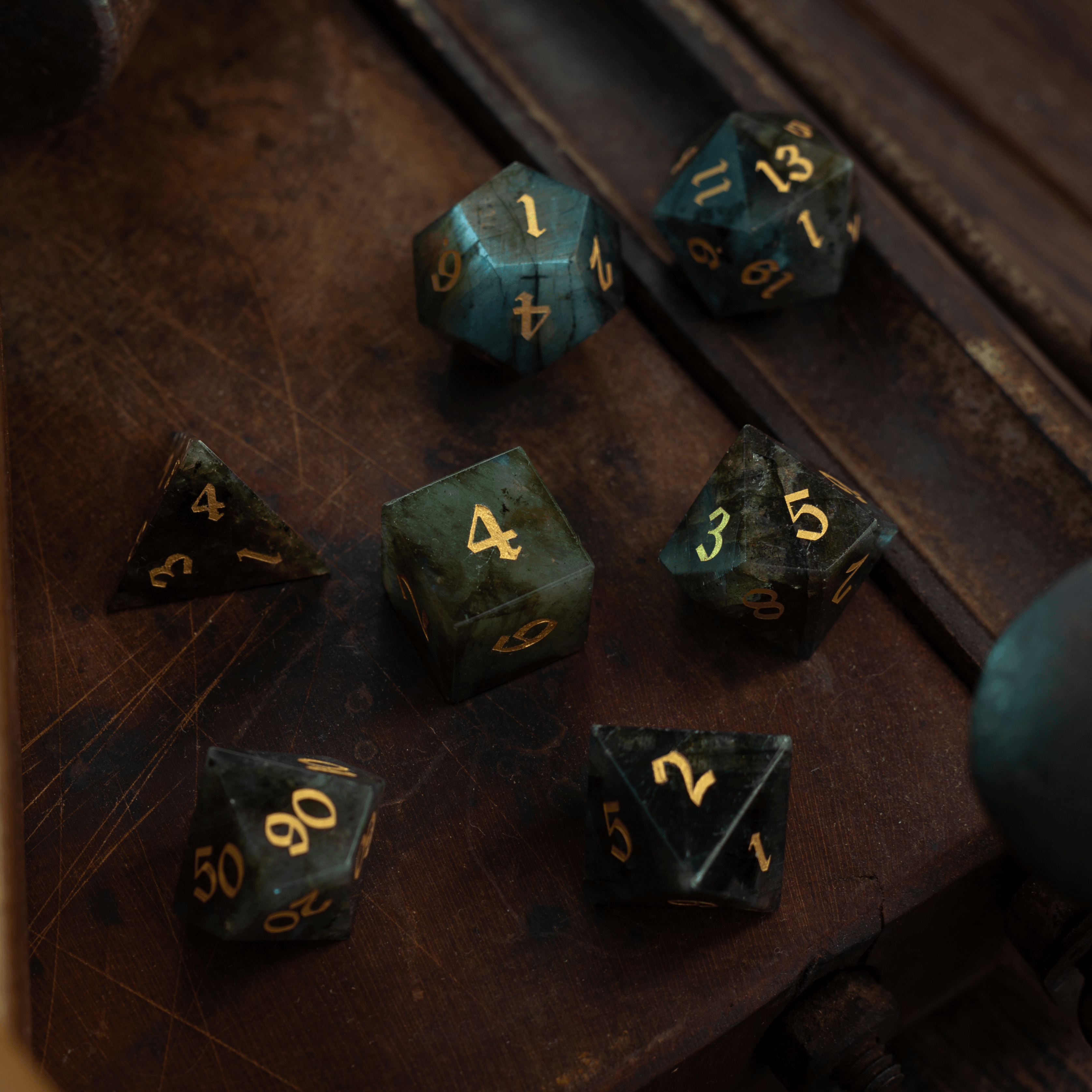
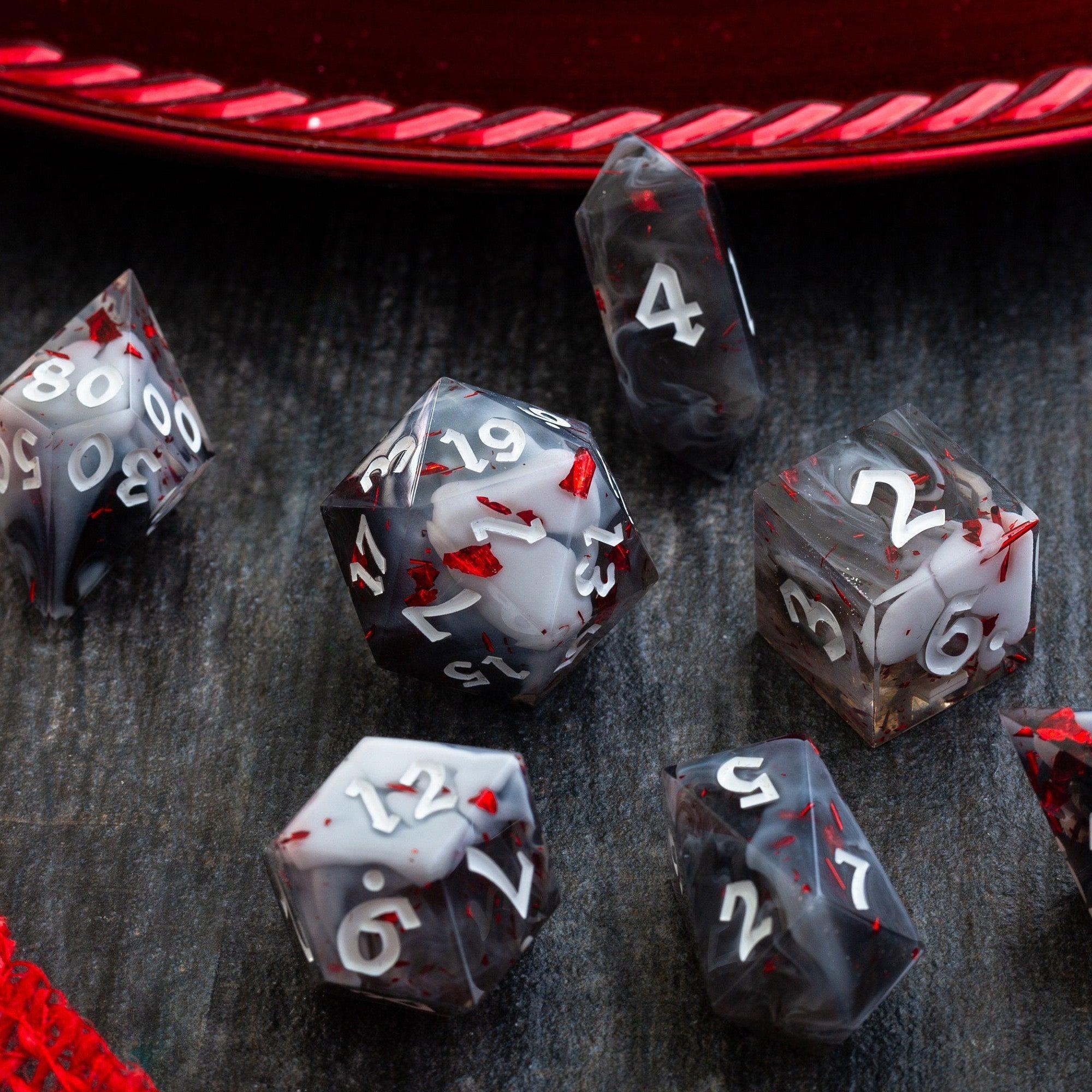
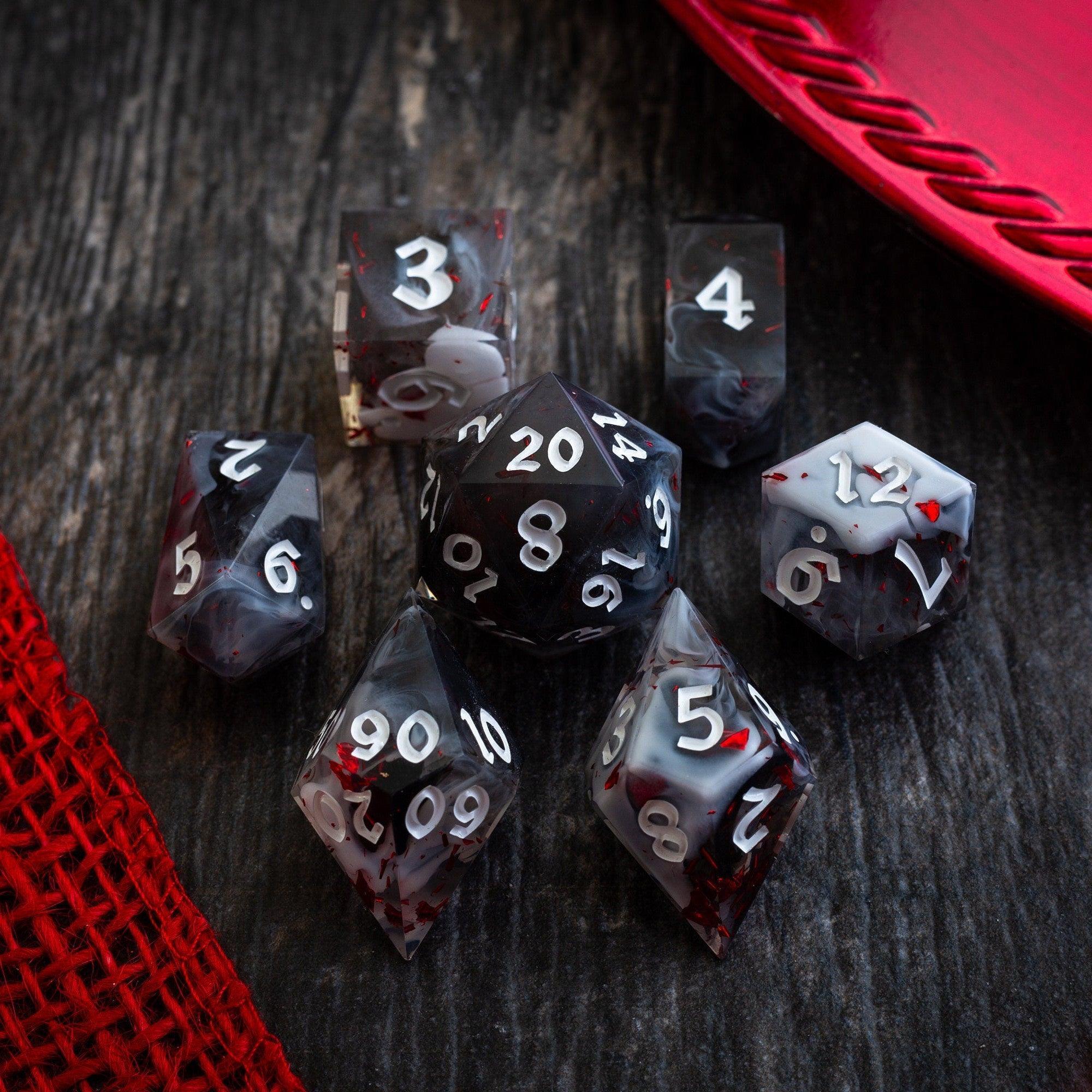
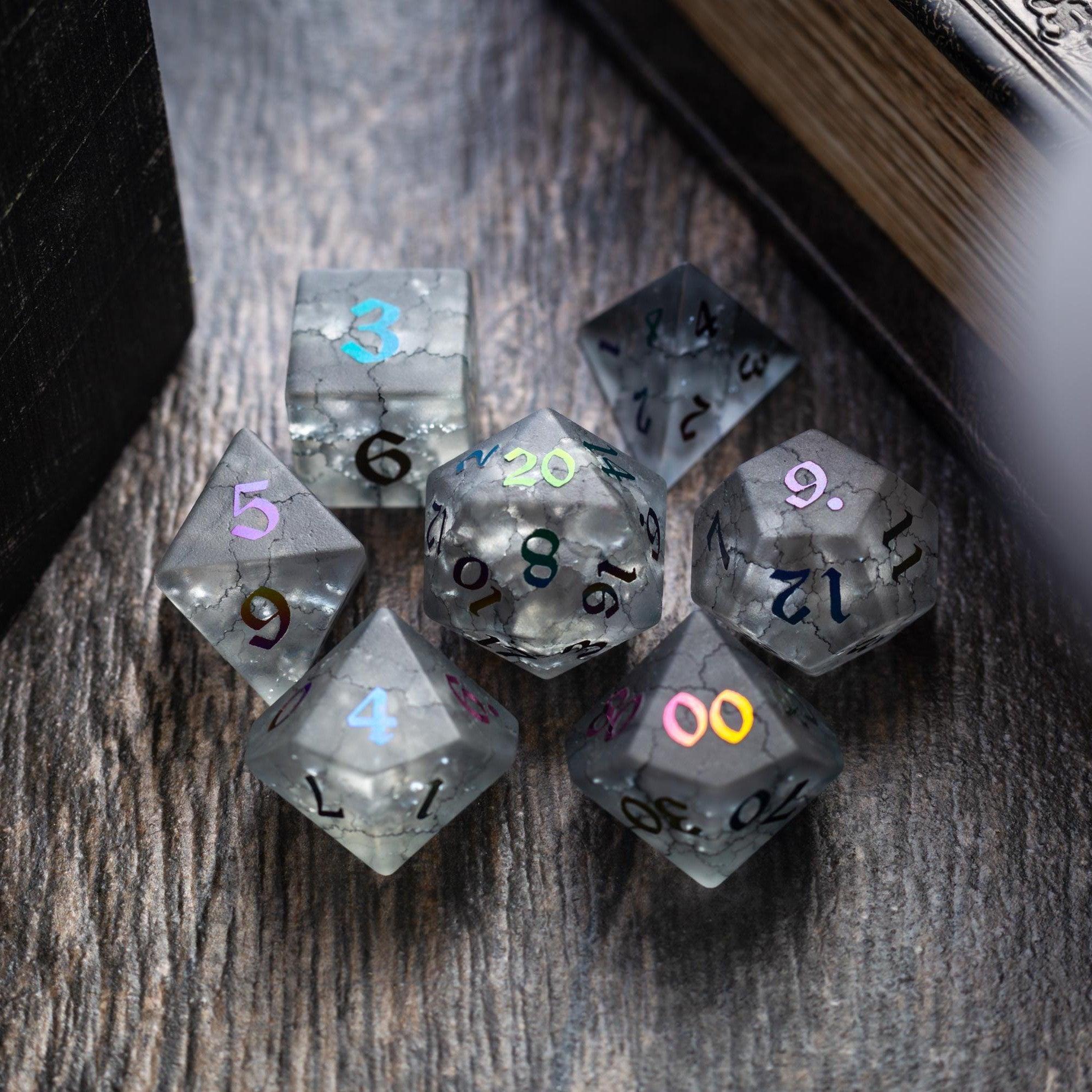
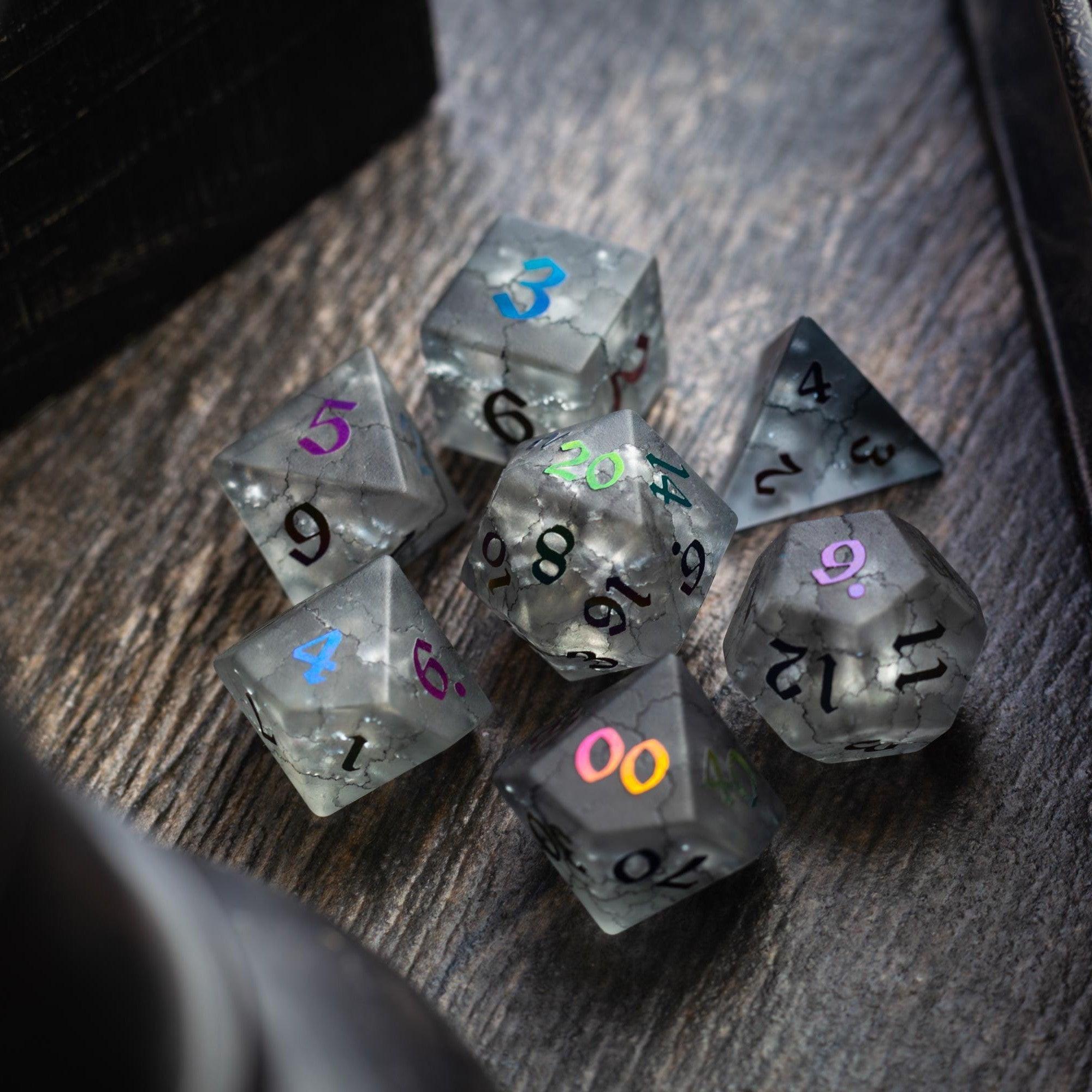
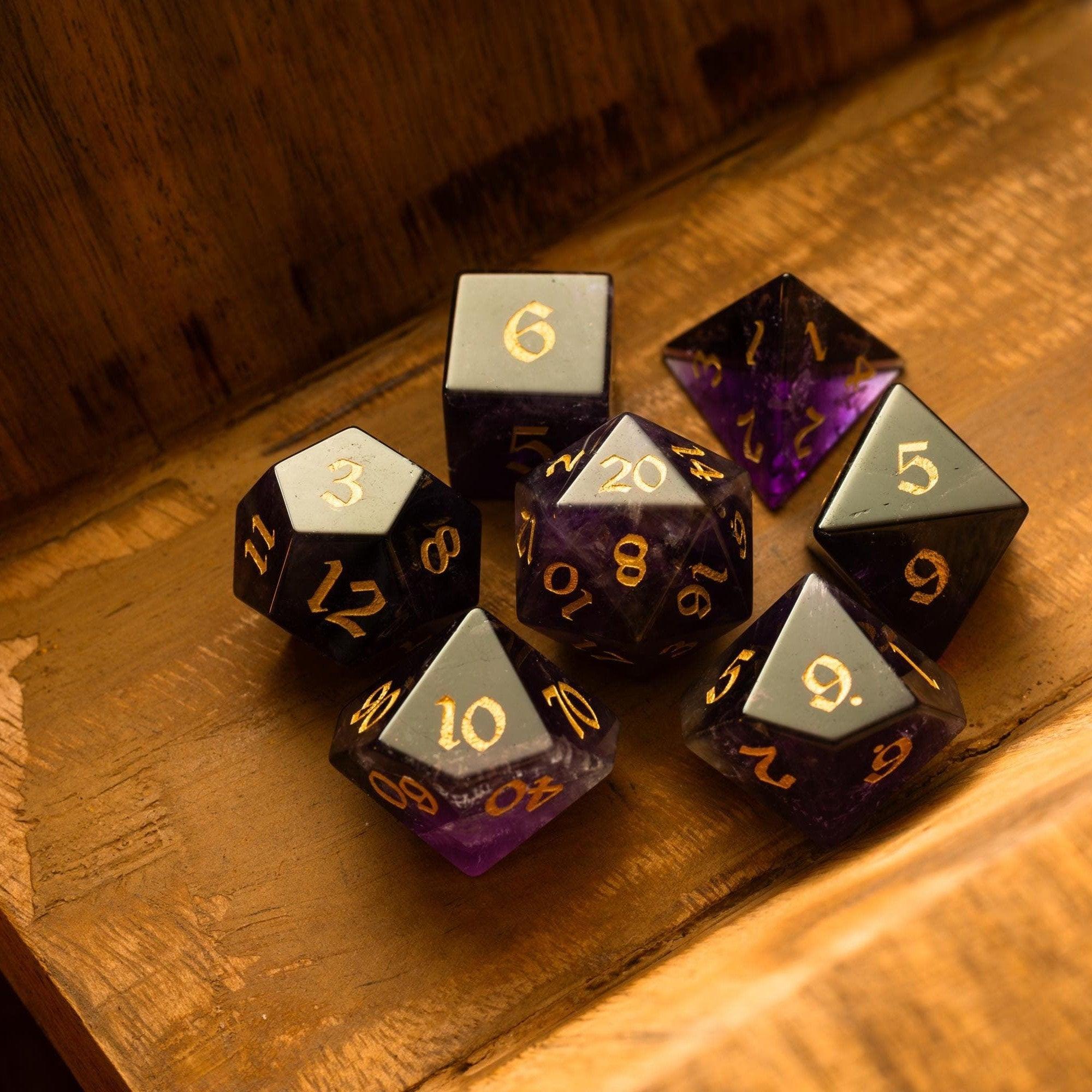
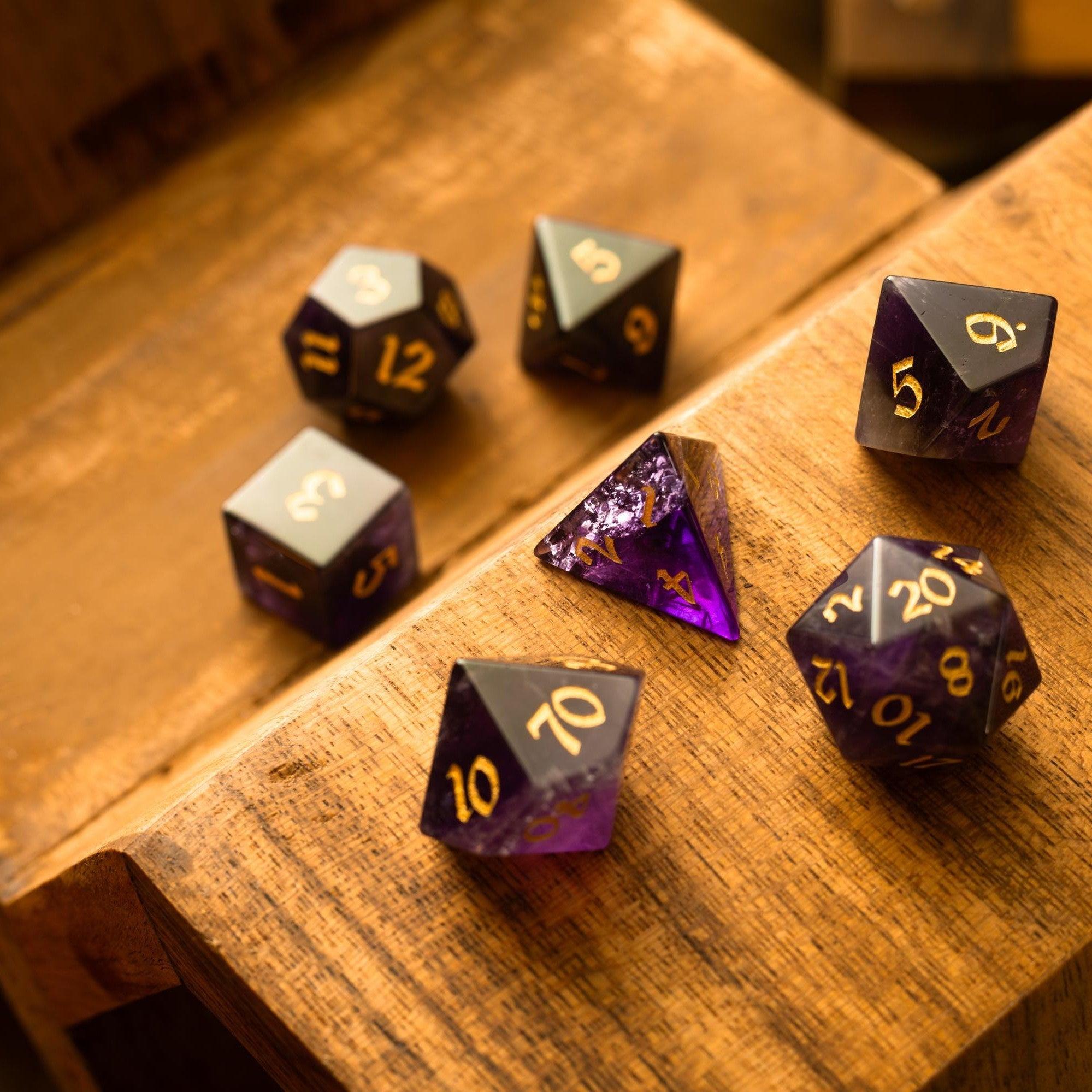
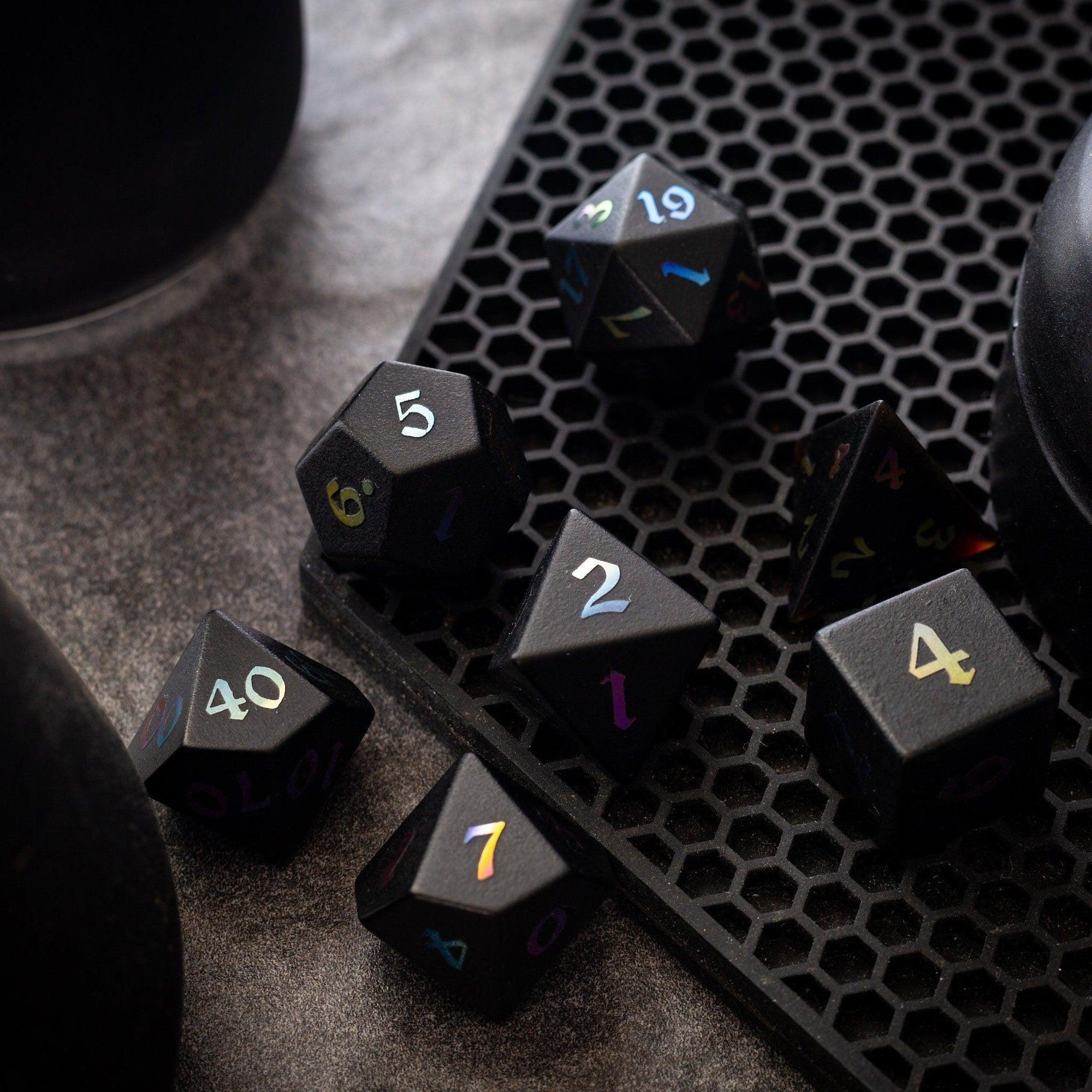
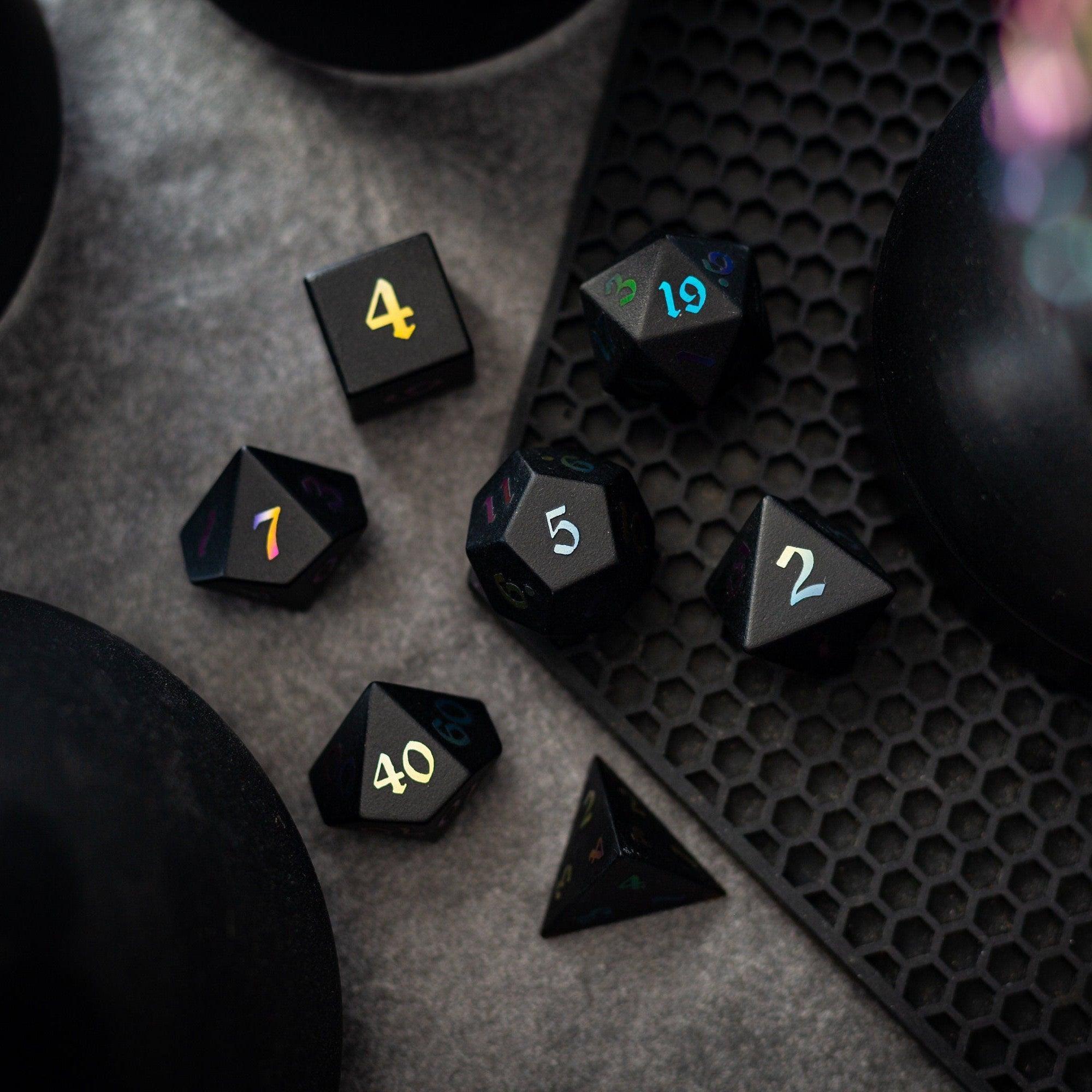
Leave a comment
This site is protected by hCaptcha and the hCaptcha Privacy Policy and Terms of Service apply.